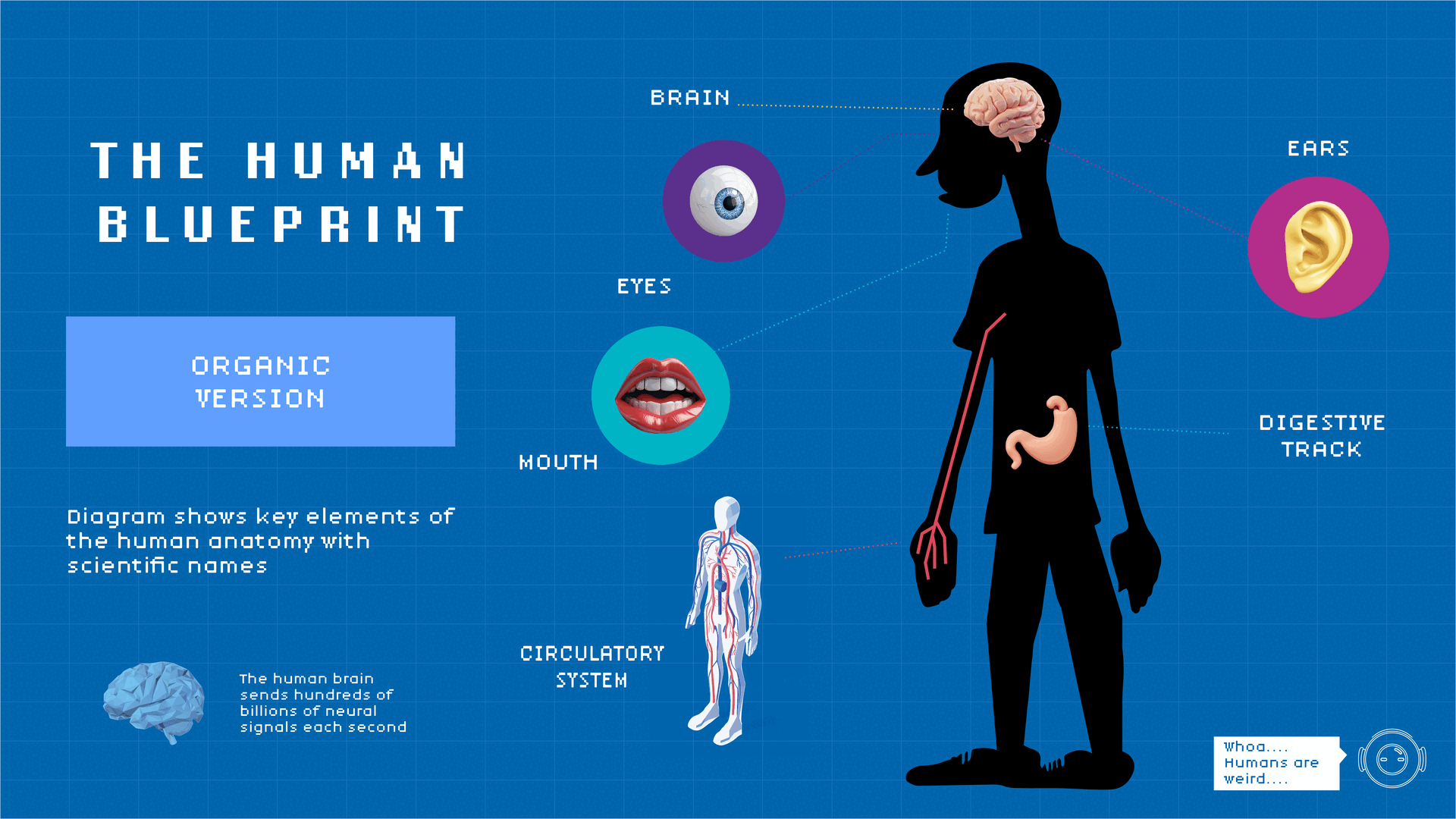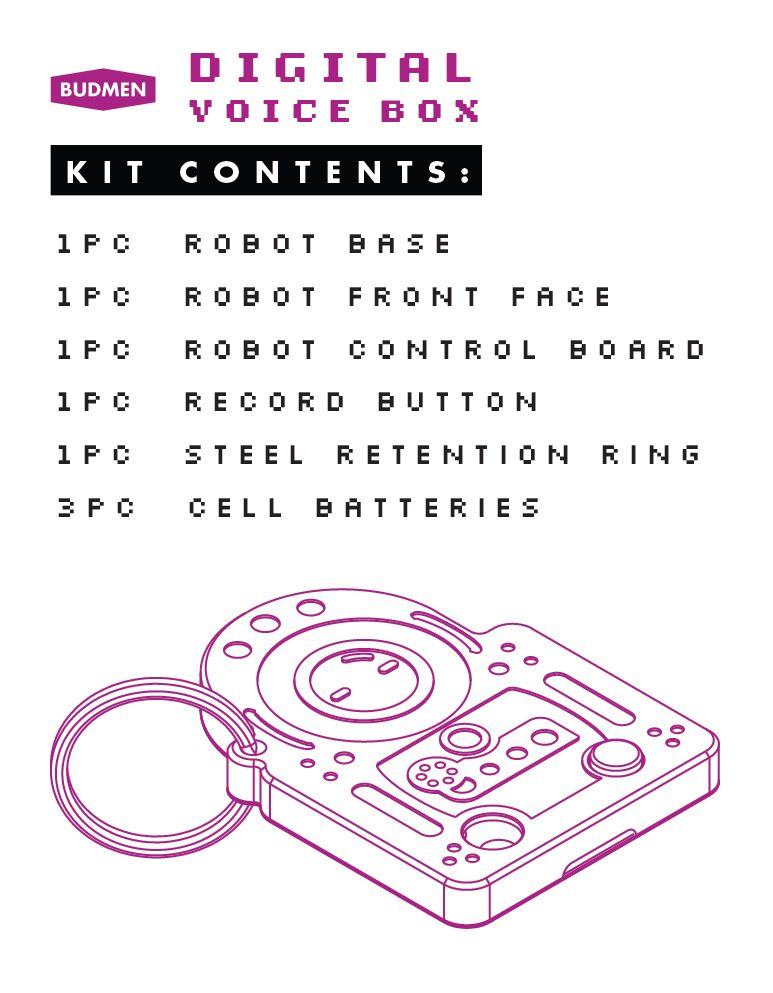Are humans robots? One question. One kit. One robot that listens, speaks, sleeps, and wakes.
Are humans robots? One question. One kit. One robot that listens, speaks, sleeps, and wakes.
We pause and look at it through a different lens.
If a robot looked at human anatomy, what might it see?

From a robot's perspective, all of these things function almost identically.

Velcro hooks inspired by burrs catching on fabric

Bullet train aerodynamics from kingfisher beak design

Wind turbine efficiency from whale fin tubercles
Nature and engineering are inseparable.
Using the Budmen Digital Voice Box Kit, students are introduced to electronic components for the first time.
But here's the key: We don't tell them what this robot does.

The Digital Voice Box:
Their own digital voice box. Built with their own hands.

Perspective matters in engineering. What you see depends on how you look.
Hands-on workshop introducing students to robotics, electronics, and biomimicry principles through building a functional robot. Students learn component identification, assembly techniques, and perspective-based engineering thinking.
What happens when students learn biomimicry by building robots?